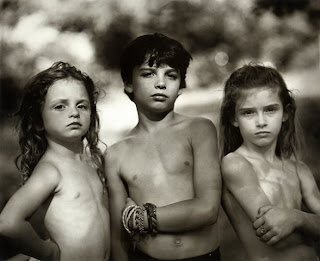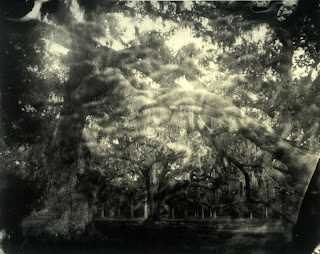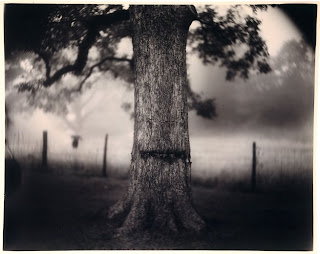Assignment 5: Virtual essay- Sally
Mann
Taking
this course has enabled me to be exposed to a number of different photos by a
number of different photographers. But most of them are male, so I think maybe
a female photographer will have some different opinions and style.
Sally
Mann (born in Lexington, Virginia, 1951) is one of America’s most renowned
photographers. Her many books include Second Sight (1983), At Twelve (1988),
Immediate Family (1992), Still Time (1994), What Remains (2003), Deep South (2005),
Proud Flesh (2009), and The Flesh and the Spirit (2010). She likes to capture
candid moments of life, and her most famous and infamous works of photography
centered around her own children. Since 1966, she was study in the Putney School
on Vermont. At first, she just wanted to use camera to collecting materials for
writing. After graduated, she back to Virginia and balance writing and
photography. Until she saw a photo by Michael Miley, she was attracted by these
printing technologies in nineteenth century.


Angel, 1992
Some critics deem the photographs of her children bordering on child
pornography. I think these children are very free and simple just like the
photo “Angle”, when in actuality God intended for us all to be nude.


‘Scarred Tree’, 1996 ,from the series Deep South © Sally Mann. Courtesy Gagosian Gallery
Mann’s dreamy, lyrical image transforms the eerie abandoned woodland into a piece of poetry. The huge photograph of landscape not only the natural south, but talk about the dark human history. In the dark, forgotten paradise of vegetation.
Sally Mann use another way to show the life wither over time.
References:
A brief history of House Mountain













